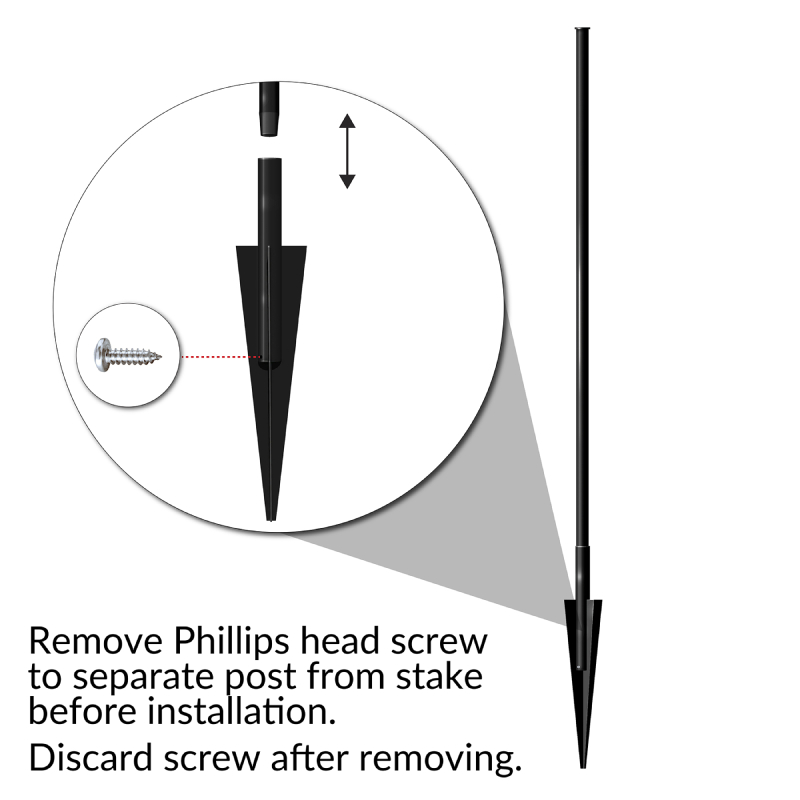greenhouse anchors
снеж . 15, 2024 11:07
Understanding Greenhouse Anchors Ensuring Stability and Longevity in Greenhouse Structures
Greenhouses have become an essential part of modern agriculture, providing a controlled environment for growing plants and crops throughout the year. While planting and cultivation techniques are crucial for maximizing yield, the physical structure of a greenhouse plays an equally vital role in its longevity and effectiveness. One of the most critical components in ensuring the stability of a greenhouse is the use of greenhouse anchors.
Greenhouse anchors are specially designed devices that secure the greenhouse frame to the ground, preventing it from shifting or collapsing due to various environmental factors. These anchors are particularly important in regions susceptible to high winds, snow, and heavy rain. Without proper anchoring, greenhouses can experience significant structural damage, leading to costly repairs and potential loss of crops.
Types of Greenhouse Anchors
There are several types of greenhouse anchors available, each suited for different soil types and environmental conditions
. Here are some of the most common types1. Ground Anchors These are typically installed directly into the ground and can be either driven or screwed into place. Ground anchors provide strong resistance against lateral forces such as wind. Their installation usually requires minimal tools and can be done quickly, making them a popular choice among greenhouse builders.
2. Concrete Footings For larger and more permanent greenhouse structures, concrete footings provide a solid foundation. By pouring concrete into forms that extend below the frost line, builders can ensure that the greenhouse remains stable even in extreme weather conditions. This method is particularly effective in areas with heavy snowfall, where the added weight could compromise a structure not properly anchored.
greenhouse anchors

3. Tension Cables These are often used in conjunction with other anchoring methods to provide additional support. Tension cables are anchored to the ground and attached to the greenhouse structure at various points, creating a network of support that helps to distribute forces evenly across the greenhouse.
4. Rebar Stakes In softer soils or areas with transient weather, rebar stakes can be used as a low-cost anchoring solution. These stakes are driven into the ground and attached to the greenhouse frame using cables or straps. While this method may not be as robust as others, it can be effective for smaller or temporary greenhouse structures.
Importance of Proper Installation
Proper installation of greenhouse anchors is critical for the success of the entire greenhouse structure. Before installation, it's important to assess the local climate, soil conditions, and the specific design of the greenhouse. In regions prone to hurricanes or severe storms, for example, using a combination of heavy-duty ground anchors and concrete footings may be necessary to ensure safety and stability.
Additionally, periodic inspections of the anchors and overall structure should be conducted. Over time, soil erosion, settling, or other environmental factors can compromise the effectiveness of the anchors. Ensuring that they remain secure will prolong the life of the greenhouse and protect the investment made in the structure.
Conclusion
In summary, greenhouse anchors play a vital role in the safety and durability of greenhouse structures. By selecting the appropriate anchoring method based on environmental conditions and implementing proper installation practices, growers can protect their investment and ensure a more productive growing season. As the demand for sustainable agriculture continues to grow, understanding and utilizing greenhouse anchors will be an essential practice for anyone looking to enhance their agricultural operations. Whether for home gardening enthusiasts or commercial growers, the right anchors will ultimately lead to healthier plants and better yields.




















